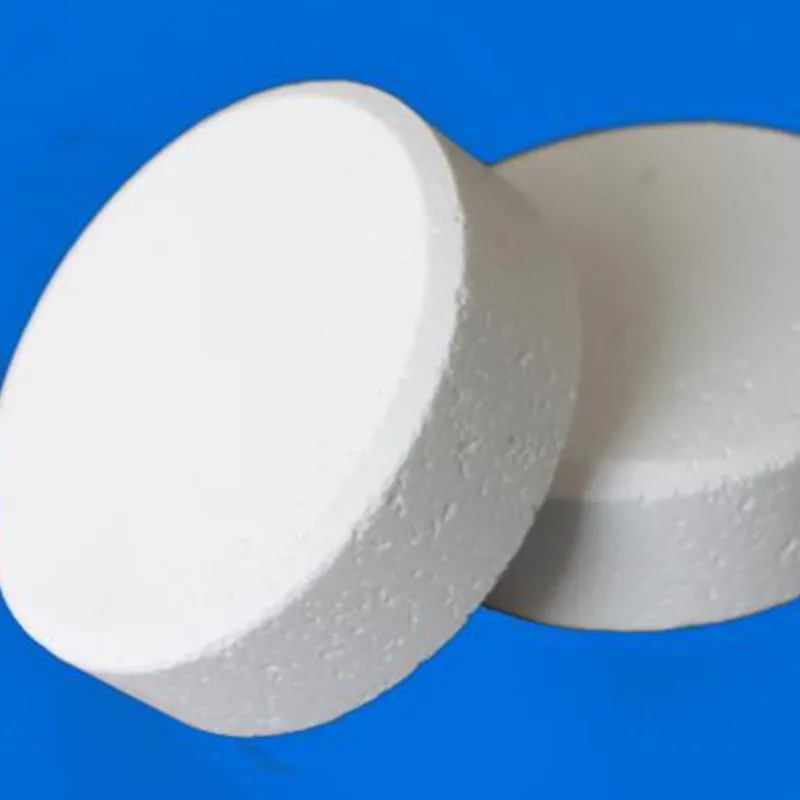
glacial aceticacid
The Significance of Glacial Acetic Acid in Various Industries
Glacial acetic acid, a clear, colorless liquid with a distinct aroma, is a crucial chemical in both laboratory and industrial settings. Its molecular formula is CH₃COOH, and it is characterized by its high purity form when undiluted. The term glacial refers to its appearance, as it can solidify at temperatures below 16.6°C (62°F) to form ice-like crystals. This article delves into the significance of glacial acetic acid, its production, applications, and safety considerations in various sectors.
Production of Glacial Acetic Acid
Glacial acetic acid is primarily produced through two main processes methanol carbonylation and the oxidation of hydrocarbons. The most common method involves the carbonylation of methanol, where methanol reacts with carbon monoxide in the presence of a catalyst to form acetic acid. This method is highly efficient and scalable, allowing for significant industrial output. Additionally, another route includes the oxidative methods that involve the catalytic oxidation of hydrocarbons. However, carbonylation remains the predominant technique due to its efficiency and effectiveness.
Applications Across Industries
1. Chemical Industry Glacial acetic acid is one of the fundamental building blocks in chemistry. It is used to synthesize various chemicals such as vinyl acetate, acetic anhydride, and acetate esters. Vinyl acetate is crucial for producing polymers and resins, which are prevalent in paints, adhesives, and coatings.
2. Food Industry In the food sector, glacial acetic acid is known as E260 and is used as a food preservative and flavoring agent. It helps to inhibit the growth of bacteria and fungi, thus extending the shelf life of food products. Moreover, its tangy taste can enhance the flavor profile of various dishes.
3. Pharmaceuticals Glacial acetic acid plays a vital role in the pharmaceutical industry, where it is utilized as a solvent and reagent in the synthesis of various medicinal compounds. It is also instrumental in producing acetylsalicylic acid—commonly known as aspirin.
glacial aceticacid

4. Textiles The textile industry employs glacial acetic acid in dyeing and finishing processes. It helps improve the retention of dye on fabrics, enhancing the color brightness and overall quality.
5. Agriculture Acetic acid finds its application in agriculture as well, particularly in herbicides and pH adjusters for soil and nutrient solutions. Its usage helps improve crop yield and quality.
6. Cleaning Products Due to its antimicrobial properties, glacial acetic acid is a common ingredient in many cleaning products. It effectively breaks down minerals, dirt, and grime, making it an excellent choice for household and industrial cleaning applications.
Safety Considerations
Despite its widespread use, glacial acetic acid is a hazardous substance and must be handled with care. It is corrosive and can cause severe burns upon contact with skin and eyes. Inhalation of vapors can irritate the respiratory tract, and prolonged exposure may lead to permanent damage. Protective gear, such as gloves, goggles, and masks, is essential when handling this chemical.
In storage, glacial acetic acid should be kept in a cool, well-ventilated area, away from heat sources and incompatible materials like strong oxidizing agents. Proper labeling and storage procedures must be followed to ensure safety in the workplace.
Conclusion
Glacial acetic acid is a multifaceted chemical with critical applications across various industries. Its role in the production of essential chemicals, food preservation, pharmaceuticals, textiles, agriculture, and cleaning products highlights its significance in modern society. While its benefits are substantial, the safety precautions surrounding its use cannot be overlooked. Understanding both the applications and hazards associated with glacial acetic acid is crucial for anyone working with this vital chemical, ensuring that its advantages can be harnessed safely and effectively.
-
Understanding Synthetic Rubber OptionsNewsApr.27,2025
-
Trichloroisocyanuric Acid: Essential for Clean and Safe WaterNewsApr.27,2025
-
Sodium Dichloroisocyanurate: Key to Safe Water TreatmentNewsApr.27,2025
-
Sodium Acid Pyrophosphate: Essential in Modern Food ProcessingNewsApr.27,2025
-
Essential Water Treatment ChemicalsNewsApr.27,2025
-
Denatured Alcohol and Its Industrial UsesNewsApr.27,2025
-
The Versatile Uses of Sodium BicarbonateNewsApr.24,2025
Hebei Tenger Chemical Technology Co., Ltd. focuses on the chemical industry and is committed to the export service of chemical raw materials.
-

view more DiethanolisopropanolamineIn the ever-growing field of chemical solutions, diethanolisopropanolamine (DEIPA) stands out as a versatile and important compound. Due to its unique chemical structure and properties, DEIPA is of interest to various industries including construction, personal care, and agriculture. -

view more TriisopropanolamineTriisopropanolamine (TIPA) alkanol amine substance, is a kind of alcohol amine compound with amino and alcohol hydroxyl, and because of its molecules contains both amino and hydroxyl. -

view more Tetramethyl Thiuram DisulfideTetramethyl thiuram disulfide, also known as TMTD, is a white to light-yellow powder with a distinct sulfur-like odor. It is soluble in organic solvents such as benzene, acetone, and ethyl acetate, making it highly versatile for use in different formulations. TMTD is known for its excellent vulcanization acceleration properties, which makes it a key ingredient in the production of rubber products. Additionally, it acts as an effective fungicide and bactericide, making it valuable in agricultural applications. Its high purity and stability ensure consistent performance, making it a preferred choice for manufacturers across various industries.











